There are many different types of grasses grown in lawns, sports fields and golf courses throughout the United States. If you live in the southern part of the U.S., chances are, you have warm season grass in your yard. Unlike their northern cousins, cool season grasses, warm season grasses thrive in hot weather. Here, our experts break down everything you need to know about the different types of grass grown in warm season lawns and how to care for them.
What is Warm Season Grass?
Warm season grass is a type of grass that grows best during the hot summer months. It starts growing in late spring and continues through early fall. Warm season grass goes dormant in the fall when the temperature drops below 65 degrees F. During this dormancy period, the grass will turn brown. In the spring, when the warm weather returns and temperatures rise above 65 degrees, the grass will green up again.
Warm season grasses are generally more drought tolerant than cool season grasses such as fescue because they have an extensive root system that runs deep into the ground. This resistance to drought helps them to survive the dry summers experienced in many parts of the southern U.S.
Where Does Warm Season Grass Grow?
Warm season grass is the ideal lawn grass in the southern third of the United States, where the summers are hot and the winter months are mild. It is also a good choice for many parts of the middle third of the United States, an area known as the “transition zone.” The transition zone has a unique set of challenges when it comes to growing turf, as this area experiences extreme fluctuations in temperature from summer to winter, as well as extreme changes in humidity.
Types of Warm Season Grass
There are many different types of warm season grass, each with its own distinct characteristics. The most common types are bermudagrass, centipedegrass, zoysiagrass, st. augustine, and bahiagrass. While each of these grass varieties can tolerate hot weather, they have different levels of shade, traffic, and drought tolerance.
Bermudagrass
Image sourced from Perdue Turf Tips
Bermudagrass is a popular choice for lawns throughout the south, as it is extremely drought-tolerant, and it can handle heavy foot traffic. Since it spreads through stolons and rhizomes, it is considered a high-maintenance turfgrass. Homeowners need to mow low and often to keep the grass runners from invading gardens and flower beds.
Centipedegrass
Image sourced from Wikipedia
Most commonly found in the southeast, centipedegrass is a low maintenance choice for warm-season lawns. This variety of grass grows slowly but is generally less drought tolerant than many other warm season types of grass. Centipedegrass does not tolerate shade well.
Zoysiagrass
Image sourced from Sod Solutions
Zoysiagrass is another grass that spreads through stolons and rhizomes, but it is easier to maintain than Bermudagrass, as it is slow-growing. When established, it forms a cushiony turf and is extremely tolerant of drought and foot traffic. Zoysiagrass has a moderate tolerance to cold weather and shade.
St. Augustine
Image sourced from Super Sod
St. Augustine likes sandy soil, so it is common in the Gulf states as well as southern California. While it has a high shade tolerance, it cannot tolerate cold weather or high foot traffic. This fast-growing grass requires frequent mowing.
Bahiagrass
Image sourced from NC State Extension
Bahiagrass is most commonly found in the deep south and along the Gulf Coast. This grass is not generally considered a good choice for turfgrass, as it produces unsightly seedheads and is difficult to mow. Choose bahiagrass in areas where low maintenance requirements and high drought tolerance are more important than aesthetics.
Lawncare Tips for Warm Season Grass
Knowing what type of grass you have is vital when it comes to determining how to care for your lawn. Follow these tips for a healthy, beautiful warm season lawn.
- Plant in spring or summer. Warm season grasses do best when planted during the late spring or early summer months. Though some can be planted from grass seed, many spread by stolons and rhizomes, so they must be planted from sod or grass plugs. Most warm season grass has a low tolerance for shade, and will perform optimally when planted in full sun.
- Mow short in the spring. Cut warm season grasses short in the spring after the last frost, in order to remove the layer of dormant turf. This allows the soil to warm up faster and the grass to regain its green color more quickly. Once the weather warms up, raise the mower blades to allow grass to grow taller. Stop mowing in the fall when the grass stops growing. Do not mow when the grass is dormant.
- Aerate and dethatch. In the spring or early summer, aerate and dethatch warm season lawns. Aeration is important to reduce soil compaction and improve drainage. Dethatching refers to removing the “thatch” layer of a lawn that has grown too thick. Not all warm season grasses require dethatching.
- Apply pre-emergent herbicide to prevent crabgrass. An application of pre-emergent herbicide before crabgrass germinates in the spring is the best way to prevent weeds in your lawn. In a warm southern climate, apply a pre-emergent in February or March.
- Sign up for regularly scheduled fertilization and weed control treatments to keep your grass in top shape.
- Water as needed. Most warm season grasses require about 1-1 1/4 inches of water per week during growing season. During times of extreme drought, lawns that are not watered may go dormant.
In the southern U.S. warm season grasses provide attractive, green turf for homeowners, even during the hot summer months. For a lawn that performs at its best all season long, contact Green Group to learn about our lawn care programs.


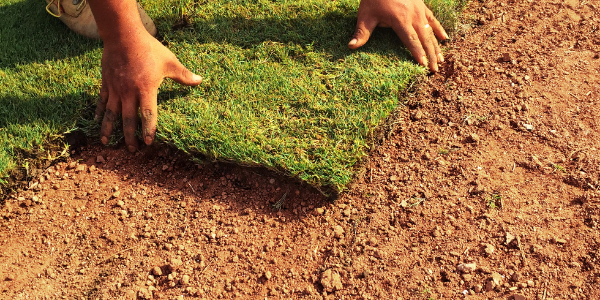
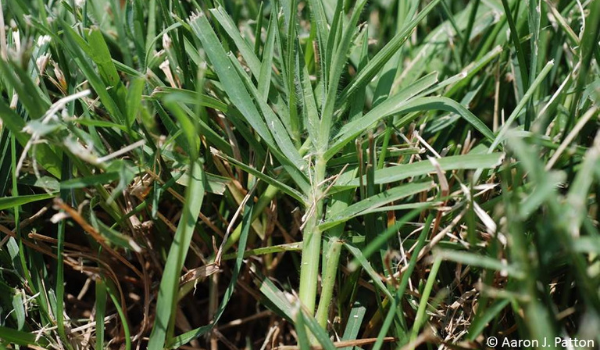
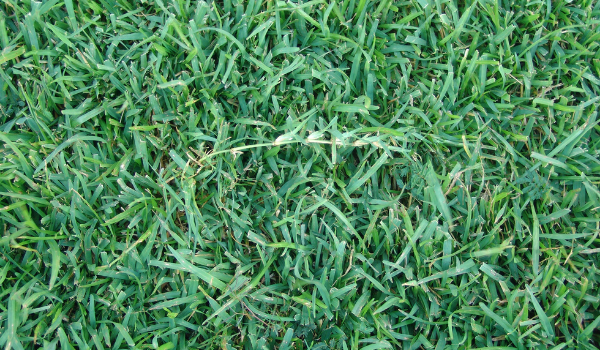
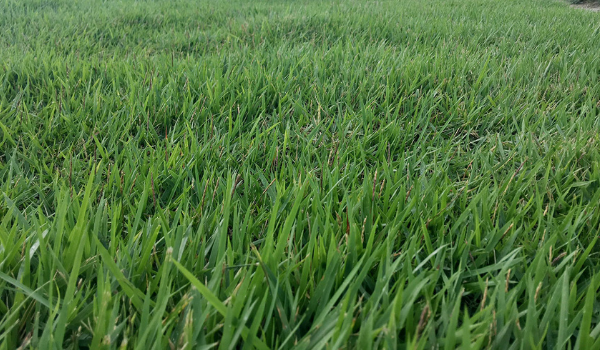
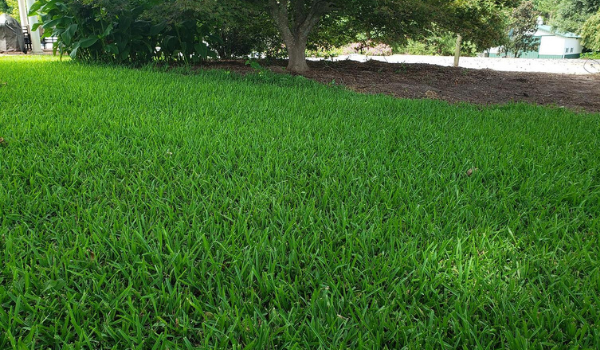
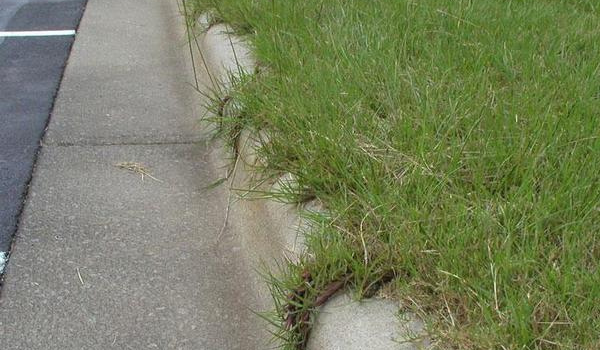






4 Comments